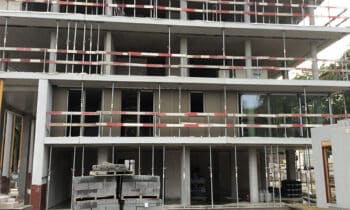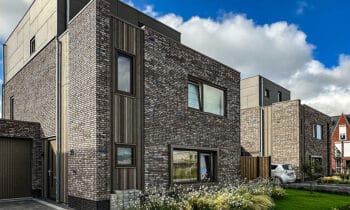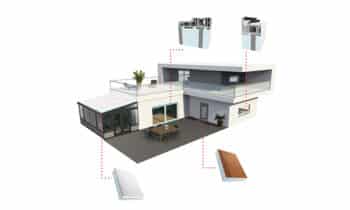
Techniques and applications are broadening
'Access control' is rapidly evolving into 'access management.' Until recently, you were given a drop, tag or card to enter somewhere. Nowadays, administrators want to know all sorts of things about that stay, too. Who went in? Which rooms did these people visit and how long did they stay there?
Burghouwt has closely followed the developments from access provision to access management, allowing it to respond broadly to market demands. It even offers multiple forms of access management, including the stand-alone system, offline programming and online system.
 The stand-alone system
The stand-alone system
The power of the stand-alone system is already contained in its name. The system can function independently, without being linked to a computer. Cylinders and fittings are programmed with a program card, after which the system is usable and can also be easily modified again. "The stand-alone system is excellent for controlling access," says Peter Hovenga. "Door open or door closed, that's all."
Offline programming
The access control system that additionally offers the ability to look back is "offline programming. This allows the user to upload an access protocol via their PC and then transfer it to the programming device. The system can be put into operation as soon as the administrator activates the components. A disadvantage is that mutations must also be done via the PC. With every mutation - think of a lost key - the administrator has to update the relevant components again.

Online system
This is not the case with online systems. Here the user logs into a server via a Web-based program and changes are changed and monitored in real time. These systems can also be integrated with other files, such as accounting programs and time sheets.
Security enforcement is also relatively easy with the online system. In the event of an emergency, it is visible in the blink of an eye, who is still in the building. Hovenga: "This is a great convenience for the fire department and the municipality."
Modular construction
Hovenga is a big proponent of automating doors in crucial places. "In hospitals, it is the way to safely close medicine cabinets. In home care, it offers a solution to let caregivers, nurses and family members in. For the visually impaired, there are comfortable substitutes, such as a wristband or active tag. Modern access management provides convenience, security and control. This provides great benefits for all parties involved. In addition, the system can be built modularly. Organizations can easily start with a basic package and expand it later as needed. All kinds of equipment can be added afterwards."
Text: Liliane Verwoolde | Image: Burghouwt




